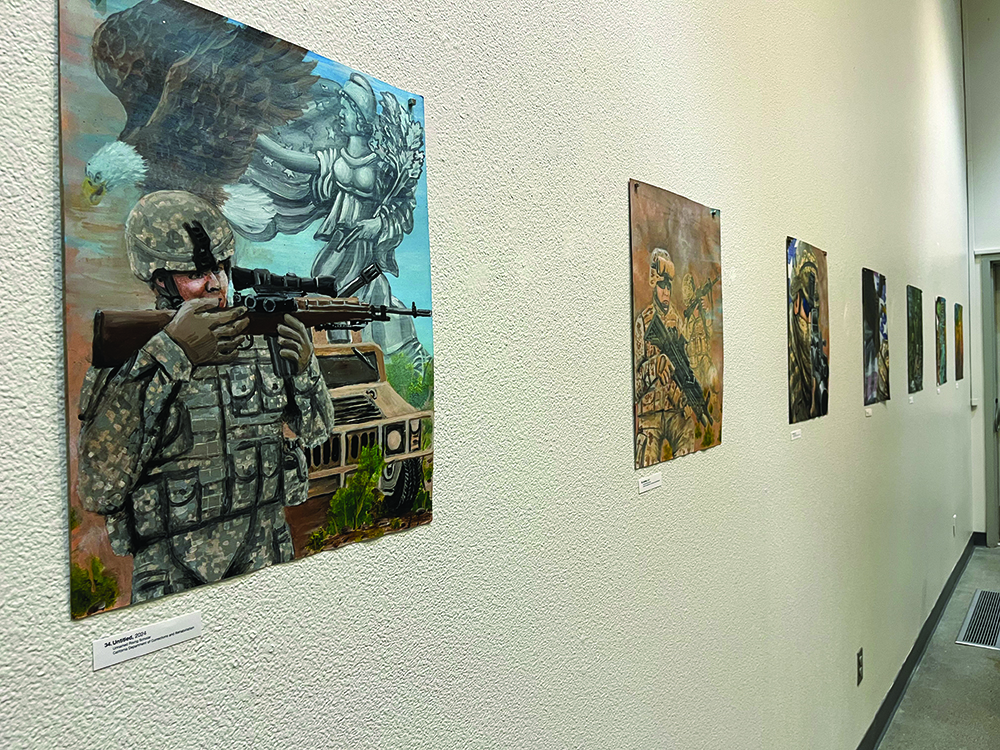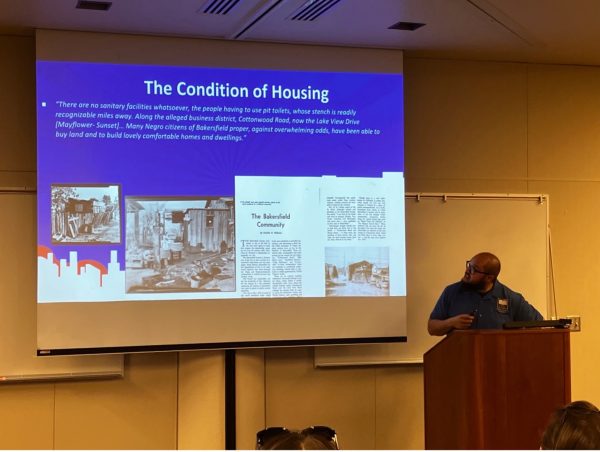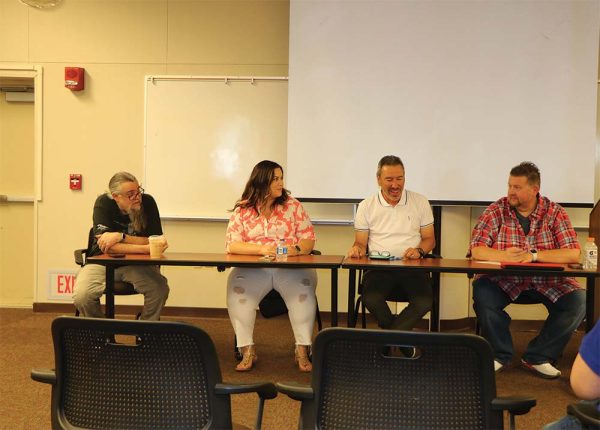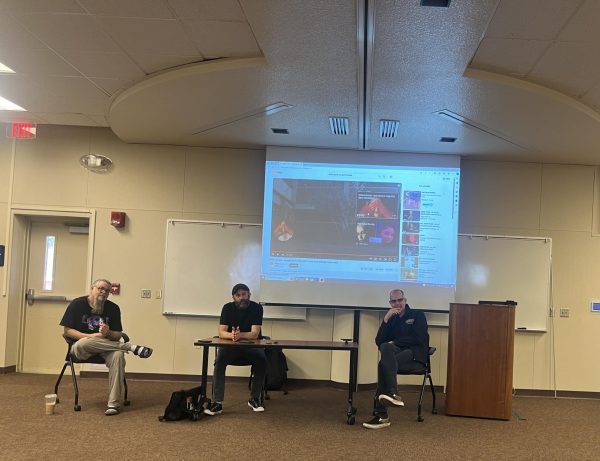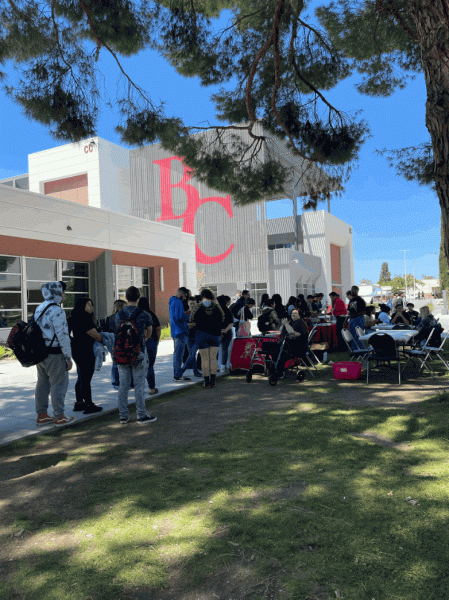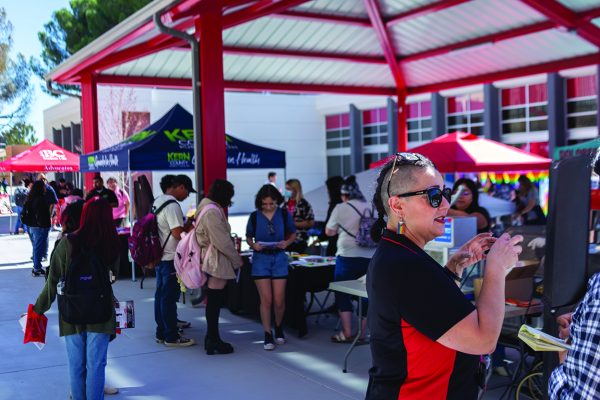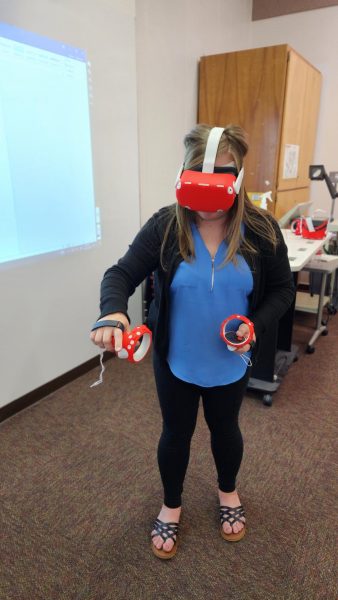BC faculty shares how educators can create culturally responsive and equity-minded classroom spaces
March 26, 2021
Bakersfield College Faculty shared how Educators can create culturally equity minded and responsive classrooms. The conference was another installment of the Presidential Virtual Forum Series: Learning Together with the Grace Van Dyke Library which was held on March 23.
The panelists of the evening were Alex Rockey, an instructional technologist instructor at Bakersfield College Alisha Loken, a BC Nursing Professor, Department Chair for nursing and the Assistant Director for the registered and vocational nursing programs; and Tommy Tunson, who is a Criminal Justice Professor at BC and Executive Consultant specializing injustice in equity.
The webinar opened with a brief statement from BC’s President, Sonya Christian, followed by Mindy Wilmont, a reference librarian and archive director at BC.
The seminar focused on an article written by BC faculty member Alex Rockey that spoke about how educators can create a foundation to create a “culturally-responsive” and “equity-minded teaching” in school.
“I think I may know about a topic, but then I discovered something I did not know about it before,” said Wilmont and then shared her thoughts on Rockey’s article, “It’s like she’s reading my mind.”
Rockey went on to explain her article in more detail. Relationships with students are one of the keys to creating this equity-minded environment, said Rockey. She added that listening to students and getting to know them could allow educators to tailor assignments and the course to fit a student’s needs or values.
Responsiveness is the second key to an equity-minded environment, “We can’t teach students that we imagine we have. We have to teach the students that are in our classrooms,” said Rockey and added that giving feedback to students on their work is just one example of that responsiveness.
Reflection is the last key to creating an equity-minded teaching environment. Rockey said, “Reflection is a fundamental piece of our work, and we’re always growing and constantly learning.” She added that it is essential to look outside the classroom and students’ experiences by using data.
Loken and Tunson both talked about strategies to address the nine encounters about in-class racism.
Some of those nine encounters include curricular erasure, confusing one student for another if they are both people of color and backhanded compliments from a teacher.
Loken spoke about how she first looked at the nine encounters and took time to reflect on them to make sure that her students feel welcome in the classroom.
“It’s important that we’re kind of thinking in a more inclusive way,” said Loken.
“I’ve experienced all of those,” shared Tunson in response to the nine encounters of in-class racism.
Tunson shared various strategies for dealing with these encounters, such as differentiating free speech from harmful hate speech and opening classroom discussion to sensitive topics that are a part of everyday life.
Tunson added that he allows and encourages students in his classroom to share their thoughts about said sensitive topics, “I love establishing the communication free zone in class.”


